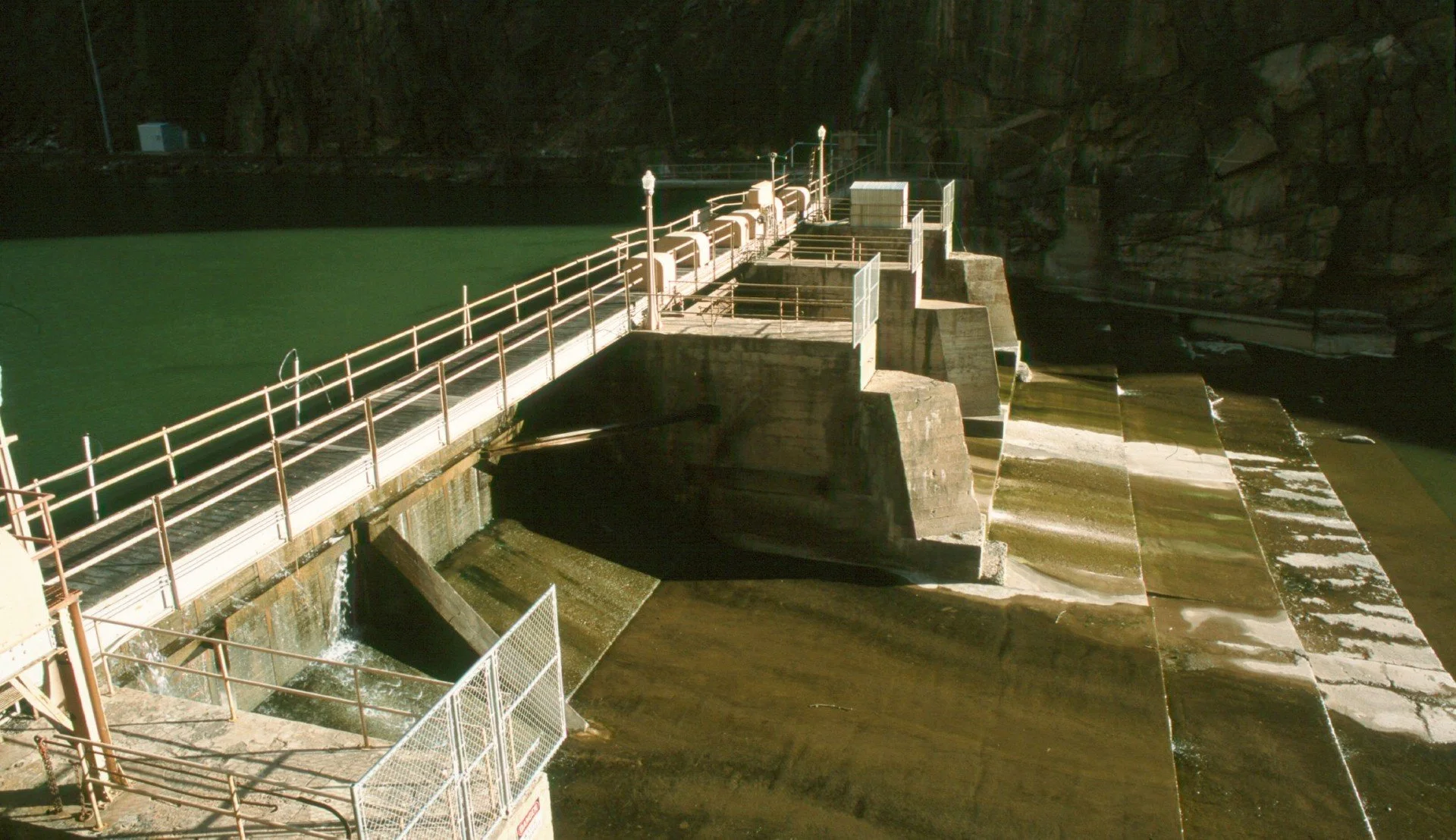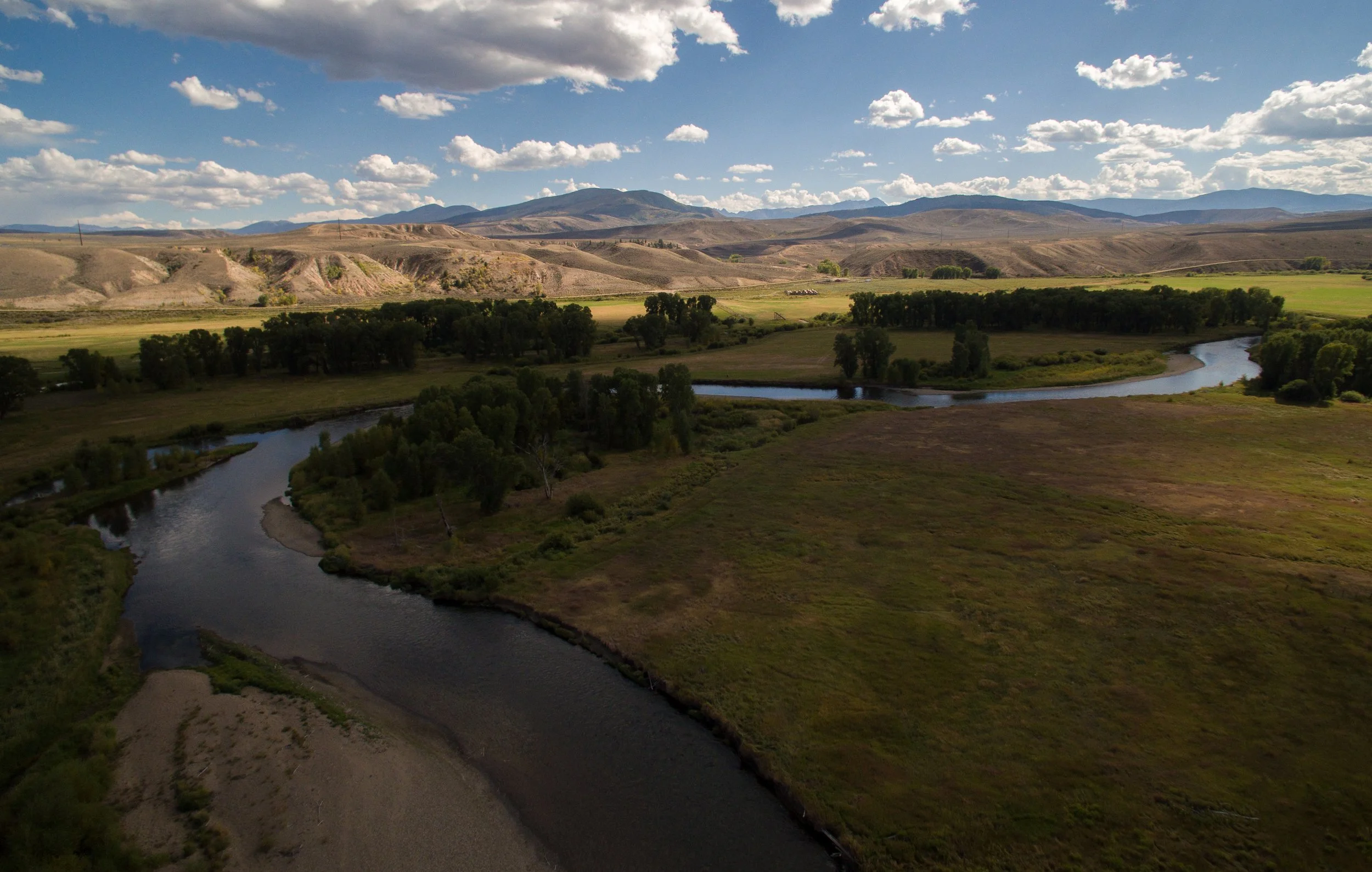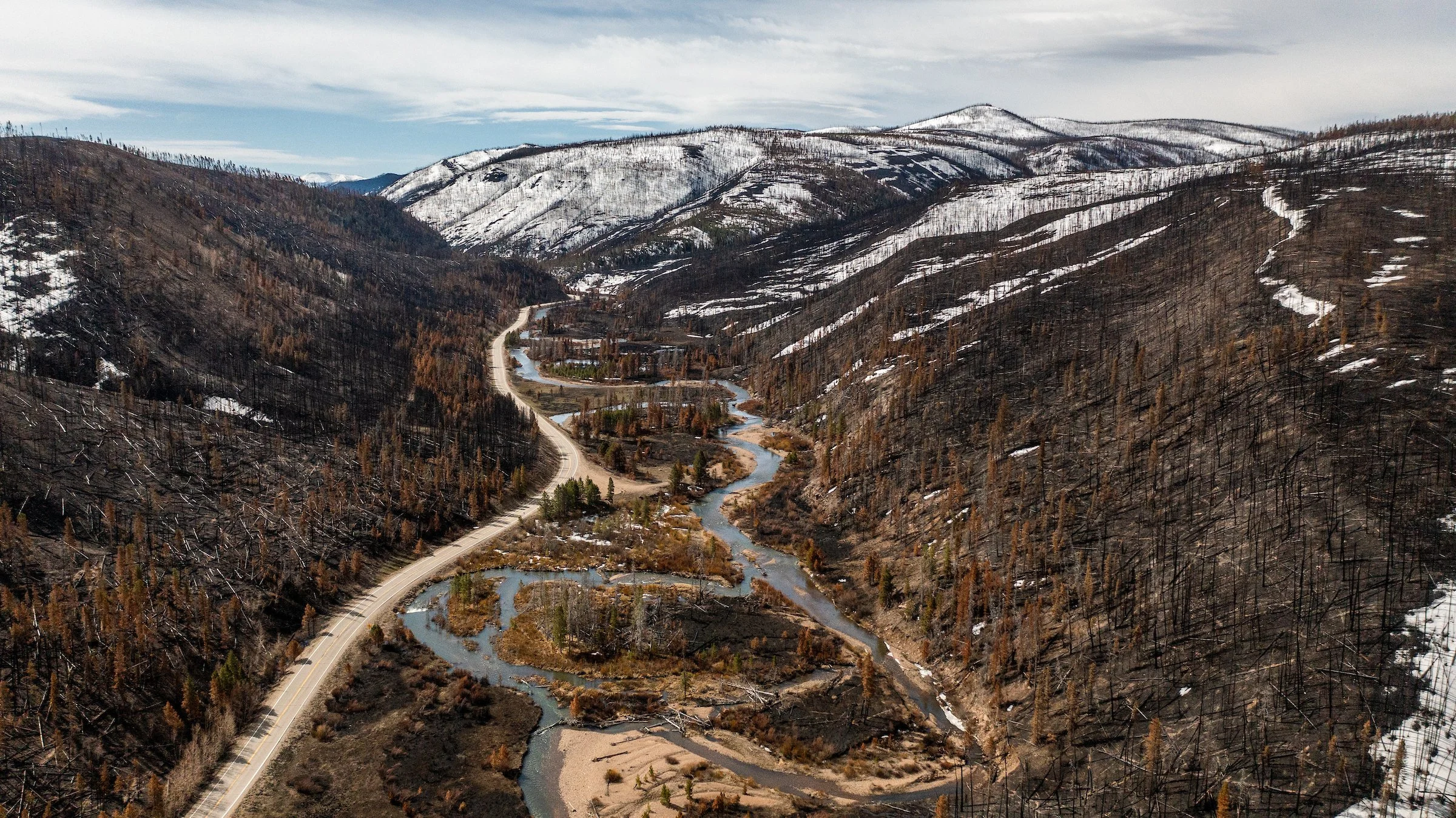GJ Sentinel Regarding the March 11 editorial by The Daily Sentinel, “Future may be clear for Dominguez waters:” Trout Unlimited applauds the Sentinel for supporting a balanced, innovative plan to meet the water needs of the Dominguez-Escalante National Conservation Area and Dominguez Canyons Wilderness Area.
Healthy wilderness rivers and streams require more than minimal flows. They also require larger “flushing” flows in the spring to ensure that natural stream processes and hydrology are maintained. In last year’s Black Canyon of the Gunnison settlement, for instance, all parties agreed on the need for flushing flows to mimic the flow variability that occurs under natural conditions
In the Dominguez case, the BLM plan is innovative in calling for the state to claim water rights to meet the flow needs of the federal wilderness area. This arrangement allows Colorado to maintain control over the water resource while satisfying the purposes of the federal wilderness designation which, as the Sentinel points out, resulted from a constructive, cooperative effort
The Colorado Water Conservation Board should approve this plan to keep the Big and Little Dominguez creeks running wild
Drew Peternell, Director
Colorado Water Project
Trout Unlimited







